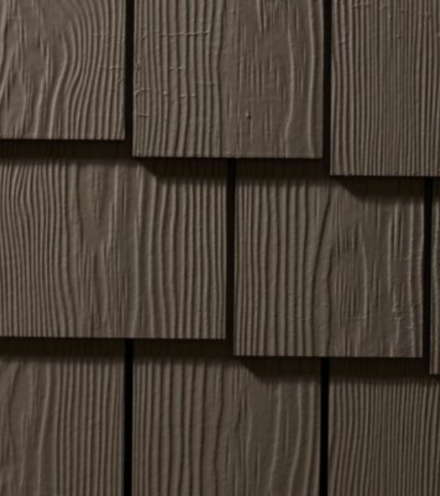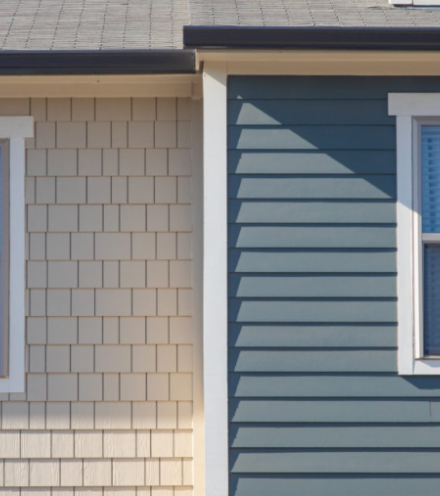
Cedar is one of the most common building materials used on the exterior of a home. It’s readily available, insect-resistant, and unlikely to warp from moisture, so it’s a common material that contractors choose when they need to cover an exterior area, like the soffit.
Soffits help protect the underside of your roof eaves and also help give your home a more finished appearance. When perforated, they also help allow air to circulate through your eaves, which can help prevent moisture problems.
With everything that depends on your soffit, you want to make sure that what’s installed is going to be able to withstand the elements long-term, so it can do its job properly. And while cedar is a popular material for things like soffits, that doesn’t mean that it’s the best material available. Cedar has several inherent problems that can mean that your soffit fails. Thankfully, there are better materials out there, like fiber cement, that can get the job done right.
Common Problems with Cedar Soffits
Cedar is definitely better than many woods for exterior use, but it’s still a material that’s not really suited for the job. Cedar has several issues that can cause problems on the exterior of your home, especially over long periods of time.
The first issue is with appearance. Cedar frequently gets something called cedar bleed, which is where mildew and sap from the wood bleeds through the paint. This makes your soffit look blackened in places, lowering your home’s curb appeal.
The paint used to cover the cedar also peels, chips, and flakes frequently. This means that the paint will flake downward in a noticeable manner, detracting from your curb appeal and affecting the landscaping below. To combat this, the soffit will need to be scraped and repainted every few years.
As the paint chips and peels, it will also leave the cedar exposed to the elements. And while cedar doesn’t warp like other woods, it can (and does) crack. Too large of a crack can leave your eaves unprotected from the elements, and can make room for wildlife to enter your eaves and therefore your attic, which can cause further problems down the line.
Finally, not all cedar soffits are easily vented. The soffit will have to be cut and a vent manually inserted at certain areas. This can weaken the soffit and increases chances of failure. Without the vent, however, your eaves are more likely to have moisture buildup, which can lead to things like mold and mildew growth, especially since cedar is prone to mildew problems, in general.
A Better Alternative to a Cedar Soffit

Given how important the soffit is to the home, it makes sense to use a material that’s lower in maintenance, and designed for use on the exterior. Fiber cement is one product that meets this criteria with ease.
Fiber cement soffits are made from a blend of cellulose fiber, Portland cement, sand, and silica. They’re more durable than cedar, so you don’t need to worry that they’ll fail the way that cedar soffits can. Fiber cement soffits are available already perforated for ventilation as well, so they do a better job of not only protecting your eaves from the elements, they also allow better air circulation throughout the area, which can help prevent the kinds of moisture problems that are common to attics and eaves.
Fiber cement is also much lower in maintenance than cedar. The pre-finished color is designed to resist peeling and chipping, so it lasts longer than paint on cedar does. And because it’s not prone to the same mildew problems, you won’t have to worry about the “cedar bleed” making your soffit look unsightly in just a few months time.
Fiber cement soffits are available in many colors and finishes, so you can coordinate them with any siding style or texture. This allows you to complete your facade and protect your eaves easily with one step.
Get Better Protection for Your Home
While cedar is a common material for exterior use, it often fails to do the job as completely as it could. When it comes to important areas of your home like the soffit, trust fiber cement to do the job right, and give you the appearance and protection you need for the soffit area.
If you’re ready to make the switch to fiber cement soffit, contact an expert at Allura today for assistance.




